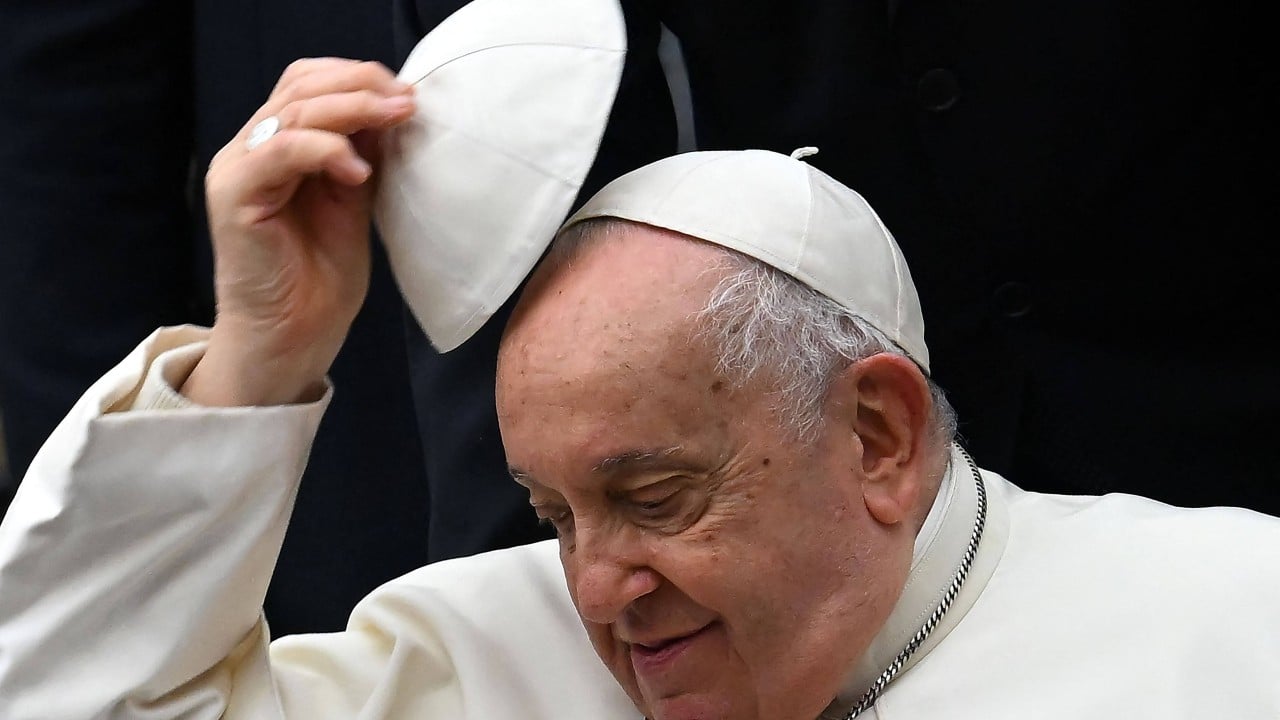With the death of Pope Francis, announced by the Vatican on Monday, the Roman Catholic Church will begin elaborate rituals steeped in tradition that mark the end of one papacy and lead to the start of the next.
Advertisement
Most are governed by a constitution known as Universi Dominici Gregis (Of the Lord’s Whole Flock) approved by Pope John Paul II in 1996 and revised by Pope Benedict XVI in 2007 and 2013.
A cardinal known as the camerlengo (chamberlain), currently Irish-American Cardinal Kevin Farrell, will run the ordinary affairs of the nearly 1.4 billion-member Roman Catholic Church during the period known as the “sede vacante” (empty chair).
He officially confirms the pope’s death, a simple matter these days involving a doctor and a death certificate. Until sometime in the 20th century, this was ritually done by tapping a silver hammer on the pope’s forehead three times.
The camerlengo and three assistants chosen from among cardinals under 80 years of age, known as cardinal electors, decide when the pope’s body is to be taken into St. Peter’s Basilica for the public to pay their respects.
Advertisement
They also make sure the pope’s “Fisherman’s Ring” and his lead seal are broken so they cannot be used by anyone else. No autopsy is performed.

